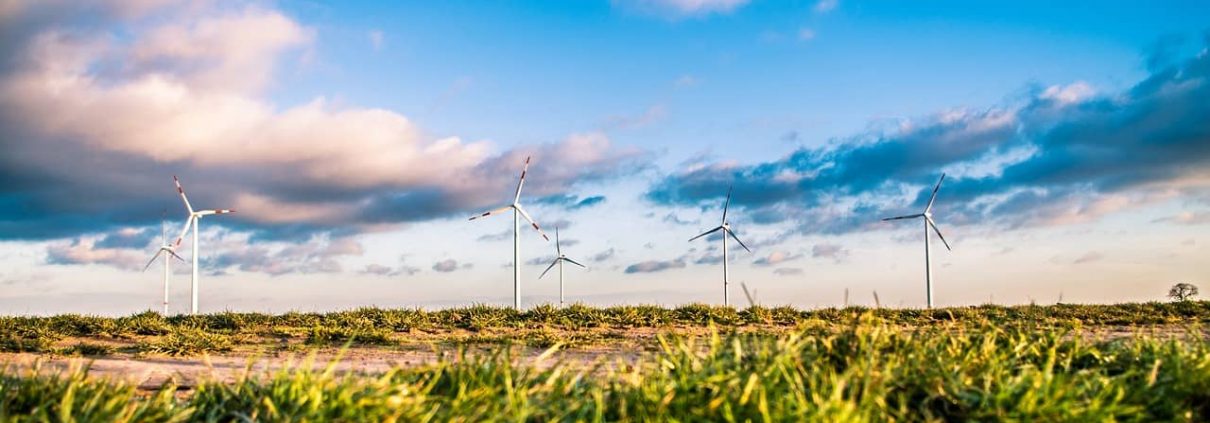Can Automation Transform Farming?
From driverless cars to robotic vacuum cleaners, it appears that automation is infiltrating every area of our lives nowadays. With the world population on course to surpass the eight-billion mark over the next decade, the transformative effect that automation is having on the rest of modern life could be instrumental in providing food security for the human race.
Here are a handful of the ways in which automation can transform (and in some cases, already is transforming) agricultural practices for the better.
- Precision seeding
Traditional methods of planting seeds utilise a broadcast spreader, which distributes seeds as a tractor drives at a slow pace across the field. It is unreliable, inefficient and prone to wasting seeds. Precision seeding, on the other hand, analyses the soil properties of different regions of the field and determines which seeds will flourish best in each particular environment, before precisely placing them in the ground.
- Drone monitoring
The speed and facility with which drones can traverse long distances and reach inaccessible spots allows them to gather information about crop performance around the clock. Equipped with sophisticated geomapping technology and high-tech sensors, the drones can give all kinds of information about crops, such as whether they require fertilisation, irrigation, weeding, pruning or spraying with pesticides.
- Autonomous tractors
The idea of a driverless car is slowly but surely becoming less alien to us – but how about the driverless tractor? In fact, autonomous tractors can perform both tasks mentioned above with impeccable precision, all without the need for human input. While the technologies already exist for fully autonomous tractors to enter the market, concerns about the safety of unsupervised machines persists. For now, however, human-supervised driverless tractors are already available.
- Harvesting robots
A driverless combine harvester is capable of gathering durable crops such as wheat and barley, but more sensitive and fiddly specimens – like fruit and root vegetables – require more delicacy when being picked. However, the EU’s Clever Robots for Crops programme is intent on finding robotic solutions to this time-consuming and back-breaking job.
- Cattle control
As well as being used to monitor crops in the field, drones are also already being employed to round up cattle and herd sheep in some parts of the world. What’s more, robotic initiatives are also helping to streamline the milking process through the automated spraying of disinfectant and even the act of milking itself.
Don’t fall behind the curve
Not all of these technologies are market-ready, and not all of them are commercially affordable as yet, especially for smaller holdings or farms who don’t have the resources to take advantage of modern innovation. However, just because you’re a fledgling enterprise, that doesn’t necessarily mean you must miss out.
At Genie Lending, our team of experienced finance managers are well-versed in all aspects of agricultural finance and can help you locate the funding to acquire the equipment or machinery you need in order to stay competitive. To learn more about how we can help you, get in contact with us today and we’ll be happy to help.



